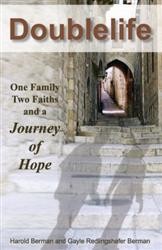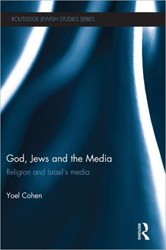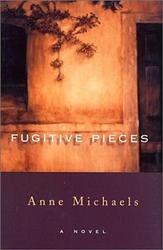By
– October 24, 2011
Dictionary of Jewish Words is essentially an expanded reprint of the Jewish Publication Society’s 2001 volume, The JPS Dictionary of Jewish Words, originally published in their Desk Reference Series. The useful section at the back of the book, called “Category Lists,” has been increased by some 100 items. While many of the categories, for example “Eastern European Jewry,” “ethnic groups,” “Shavuot,” “Yom Kippur,” and “Zionism” have remained untouched, the one on “Israel” has rightfully been greatly expanded and totally reorganized in a userfriendly manner. The book is not without its blemishes, however. For example, the way the Hebrew letter khaf is transliterated leads one to believe, incorrectly, that the covering of a sukkah is pronounced skakh, rather than skhakh. There are inconsistencies between the Guide proper (“B’not Mitzva”) and the Category List (“Banot Mitzva”), the latter of which is emphatically and categorically wrong. The book’s claim that the bedeken ceremony, as practiced at traditional weddings, “is attended only by the immediate family and the wedding party” is contradicted by this reviewer’s recent experience, where the ceremony is witnessed by all the guests, and is even accompanied by trumpets and dancing. In brief, if you’re looking for a reliable guide to Jewish life as expressed in its vocabulary, you will have to look for something a bit more authoritative.
Joseph Lowin, Hebrew language columnist for Hadassah Magazine, is the author most recently of a book of literary analysis, Art and the Artist in the Contemporary Israeli Novel (Lexington Books, 2017).





